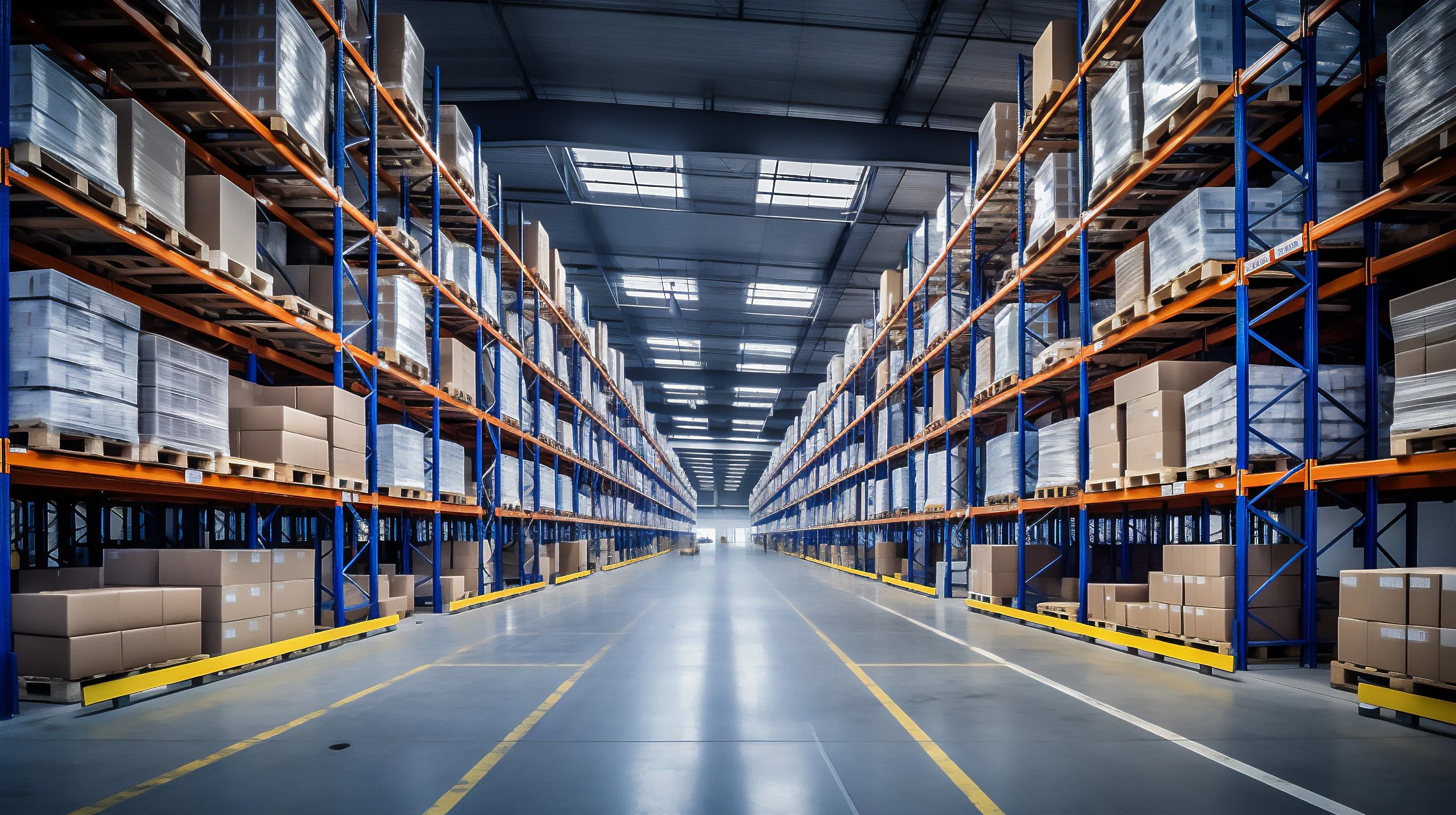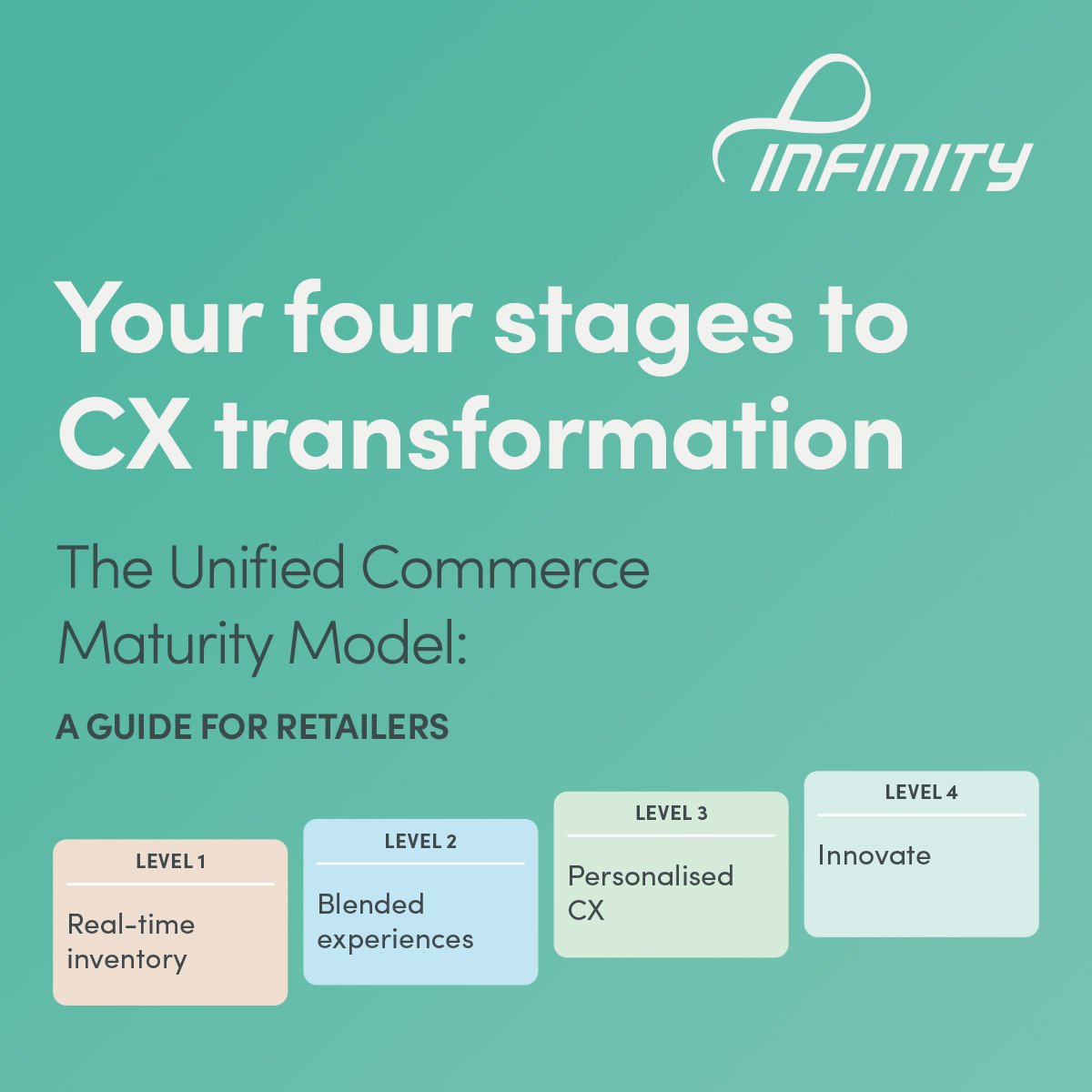Here’s new functionality across the Infinity platform that will help you and your team reduce operational complexity and create a differentiated omnichannel customer experience.
Infinity is a modular platform and you may need additional components or licencing to access some functionality.
PRODUCT INFORMATION MANAGEMENT
Simplify item data updates to Wedderburn Scales at POS
Businesses using supported Wedderburn scales at the Point of Sale can now send updated item data to the scales via the Atria Wedge software automatically using Windows Task Scheduler, saving you the time and effort involved in updating pricing and other data manually. If you run the Wedderburn integration at the Head Office, price updates made using the Batch Updates function will also be sent to the scales.
INVENTORY
Enhance efficiency of EDI purchase orders
We’ve improved purchase ordering using EDI files by allowing you to identify suppliers that can be sent purchase orders plus items that can be ordered using this method, so you won’t waste time and risk stock shortages by sending EDI orders to the wrong supplier or by ordering products not on EDI.
ORDER MANAGEMENT
Streamline order documents for debtor customer accounts
You now have the option of customising your A4 customer order documents by suppressing the payment section. This feature reduces visual clutter on the documents when you process orders for debtor customers who pay on account.
CUSTOMERS & LOYALTY
Meet privacy law obligations by anonymising inactive customer data
As part of our programme of giving you options for managing your Personal Identifiable Information (PII) risk, we’ve developed a Windows service that anonymises information for inactive loyalty customers. The Infinity Loyalty Anonymisation Service allows you to anonymise inactive customers’ personal details held in the Loyalty database, as well as details of their order deliveries. It will also delete any messages that were sent to inactive loyalty customers using Infinity Messaging.
Simplify management of fuel discount programmes
If your fuel business operates a cents-per-litre discount (CPL) programme, you can now require that customers spend their CPL balance when they buy fuel, instead of allowing them to choose whether to save or spend it. You can also set a minimum amount a customer has to spend before the CPL discount applies. This simplified offering has the advantage of lowering the overhead involved in managing stored balances while still giving your customers the benefit of fuel savings.
Reduce fuel sales leakage with secure refund options
Fuel businesses wanting to support their commercial customers in reducing fuel sales leakages can now require that refunds be made to a credit card or fuel card instead of to cash or another media. Note that this feature requires the Vault payment and extended returns modules in order to work.
Improve auditing of manual fuel discounting
Your Head Office staff can now add a note when manually adjusting a cent-per-litre fuel balance, allowing you to view and audit the reasons why balances are being adjusted in your business.
POINT OF SALE
Improve customer experience with faster age validation checks
If you use Infinity’s advanced age check function to make sure you’re complying with legal age requirements when serving customers, you’ll find we’ve made age validation quicker and easier, improving the customer experience and speeding up sales processing at busy times.
Improve permissions for manual fuel price changes at POS
We’ve made some enhancements to the way fuel price changes can be made at the Point of Sale to minimise the chance of the wrong price being applied. You can now use permissions to determine who can make manual price changes, and you can set a maximum amount in cents by which a fuel grade can be manually adjusted.
REPORTS & ANALYTICS
Identify irregularities in fuel prepay sales and refunds
Fuel businesses can use the new Fuel Prepay Refund Report to spot irregularities in the payment medias used in prepay sales and refunds. So, for example, you can see if a prepay fuel card was used to purchase fuel but the refund was processed as cash. It complements the new functionality that requires refunds to be made to credit or fuel cards (see above), but it applies only to prepay sales made using those cards.
Improve financial compensation for stores running fuel discounts
The CPL Redemptions Report gives your stores and head office staff an understanding of cents-per-litre discounts that have been paid out as a way of supporting financial processes tied to discounts and financial compensation. Stores can use it to see what they have paid out in CPL discounts, while head office can use it to audit store activity, and make sure that stores are being adequately compensated for those payouts.
To find out more about any of these enhancements and add them to your Infinity platform, contact us.
If you’d like to get our regular ‘New in Infinity’ updates in your inbox, sign up to our newsletter.



































